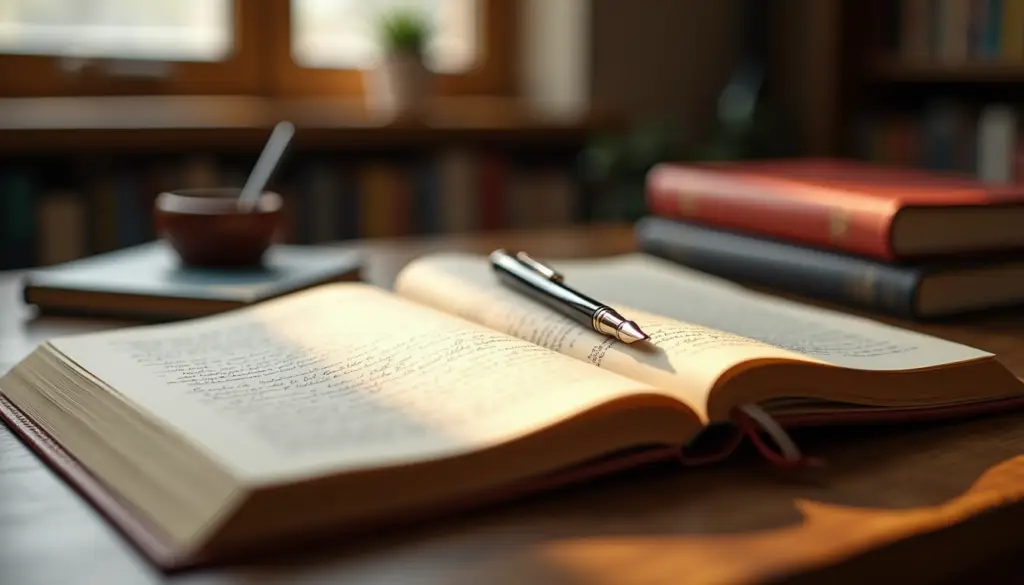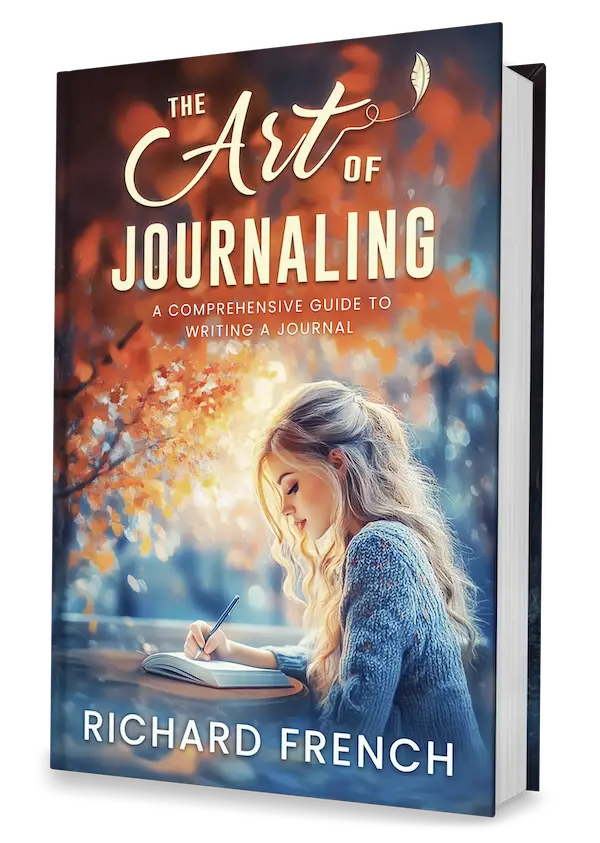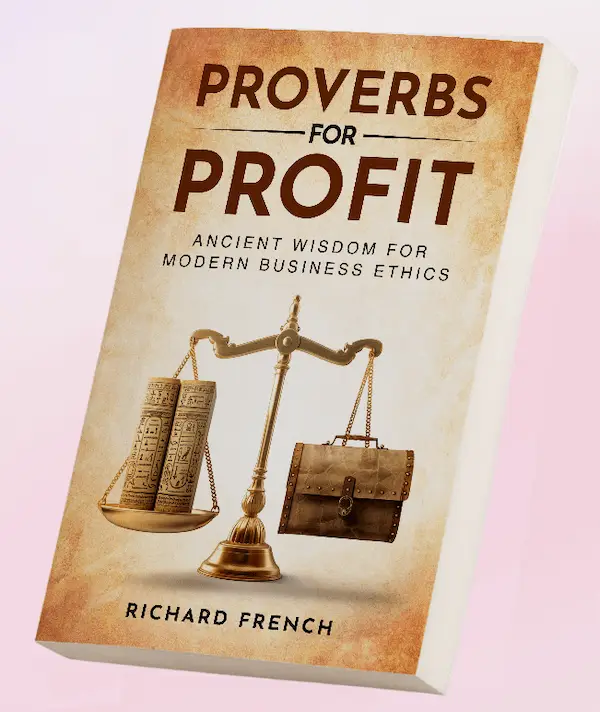Academic Journaling Explained
Scholarly Reading Techniques
Scholarly reading can intimidate students, researchers, and academics alike. These articles are published accounts of original research in fields like social sciences, humanities, and STEM. Grasping scholarly reading requires certain tactics that can boost understanding and memory of dense material (Brown University Library).
Start by tackling scholarly reading with questions centered around your class, research focus, or thesis (Brown University Library). By questioning the text, you foster critical thinking and deeper understanding.
Ace scholarly reading by:
- Marking important sections and new terms
- Organizing info for clearer idea progression
- Jotting down keywords and concepts for easy recall later
| Scholarly Reading Techniques | Description |
|---|---|
| Marking Up the Text | Highlight main ideas, new terms, and keywords |
| Asking Guiding Questions | Focus on class topics or research questions |
| Paraphrasing and Condensation | Summarize complex ideas in simpler terms |
| Note-taking and Annotation | Write questions, note ideas, and keywords |
These methods shift passive reading to active engagement, making scholarly articles less daunting (UNC Learning Center).
Crafting an Academic Reading Journal
An academic reading journal is your go-to tool for keeping tabs on academic insights and reflections. It helps absorb information from scholarly works while sharpening your critical analysis skills.
To put together a solid academic reading journal, try these steps:
- Identify Objectives: Know why you’re keeping this journal. Is it to track research for a project, or maybe to document learning across a spectrum of subjects?
- Organize Entries: Kick off each entry with a proper citation. Break it down into sections like summary, analysis, and personal insights.
- Active Reading Notes: As you read, jot down highlights, questions, and thoughts. Note unfamiliar terms and look them up to grasp them better.
| Section | Purpose |
|---|---|
| Citation | Proper academic reference of the source |
| Summary | Concise overview of the main arguments and findings |
| Analysis | Critical examination, strengths, and weaknesses |
| Personal Reflection | Your thoughts, questions, and future research ideas |
An academic reading journal can significantly boost your ability to critically analyze literature. It doubles as a rich database for future research and writing. For more tips on organizing your academic journaling efforts, check out our academic journaling guide and look into different strategies for research progress tracking.
Summing it up, mastering scholarly reading techniques and keeping a tidy academic journal can greatly aid in grasping and integrating complex academic works. Test different techniques to see which fits best, and frequently consult your journal to support ongoing research and learning.
Benefits of Academic Journaling
Keeping an academic reading journal has a bunch of perks for students, researchers, and academics. You’re looking at boosted critical thinking and sharper writing skills.
Pumping Up Your Critical Thinking
Journaling is like lifting weights for your brain, making those critical thinking muscles strong. A study in the Journal of Nursing Education (University of St. Augustine for Health Sciences) reveals that both students and faculty got their critical analysis game up through reflective journaling.
Here’s a quick play-by-play on tackling critical reading and thinking:
- Get ready to jump into the writer’s world
- Keep an open mind as you read
- Check out the title—it’s sneakier than it looks and might spill some tea about the writer’s thoughts
- Slow your roll to make connections
- Use a dictionary for words that are giving you side-eye
- Jot down notes and keep a journal to log your thoughts (Cleveland State University)
Following these steps helps build a habit of attentive reading, letting readers probe, analyze, and make the most outta the text.
Boosting Writing Chops
An academic reading journal is a game-changer for writing skills, trust me. Writing stuff down forces folks to get their thoughts in order, which means better communication—both in writing and speaking. It’s a vocabulary and voice booster (University of St. Augustine for Health Sciences).
Good journaling means scribbling in margins, underlining, highlighting, and brainstorming while you read. These moves help with understanding and untangle the text in your head with personal notes. Pair up your reading journal with note-taking and watch your reading and writing skills level up (Cleveland State University).
Here’s a quick snapshot of how journaling can polish your writing:
| Writing Part | How to Improve | What You Get |
|---|---|---|
| Vocabulary | Journaling regularly | Better word choice |
| Organization | Keeping structured entries | More coherent writing |
| Critical Analysis | Reflective writing | Better understanding |
Rolling an academic reading journal into your study jam can seriously amp up critical thinking and writing skills, both super important for school and work. For more tips on how to keep journals effectively, hop over to our guides on how to organize research citations and the Cornell Notes method.
Strategies for Effective Journaling
Keeping an academic reading journal is like having a trusty sidekick in your scholarly adventures. These strategies will boost your brainpower, helping you get more outta those academic texts. Let’s break down two cornerstones: sorting journal content and mastering active reading.
Organizing Journal Content
If your journal looks more like a grocery list than a tool for brilliant ideas, it’s time to give it a facelift! A smart layout makes it easy-peasy to dig up information when you need it and keeps your thoughts in line.
Suggested Organization Format:
| Section | Description |
|---|---|
| Title and Source | Jot down the article’s title, who wrote it, when it was published, and where it came from. |
| Summary | Scribble down the main ideas and arguments—in a nutshell. |
| Key Terms | Drop in any important terms and what they actually mean. |
| Annotations | Sprinkle in stars, question marks, and arrows to highlight big ideas, queries, or aha-connections. |
| Reflections | Chew on what you’ve read with your personal takes and critiques. |
| References | Make a note of any extra sources mentioned that could help with future digging. |
Hungry for more on organizing your journal insights? Peek at our piece on academic bullet journals.
Developing Active Reading Habits
Active reading ain’t just about moving your eyes across the page. It’s your secret weapon for diving deep into scholarly works and coming out with gems.
Suggested Active Reading Techniques:
- Skim and Scan: Give the article a quick once-over to catch its gist and layout. (Brown University Library)
- Annotate Texts: Go ahead, mark it up! Jot notes in the margins, highlight some bits, and throw in symbols for standout sections. (Brown University Library)
- Paraphrase and Summarize: Try rewording the details to make sure you got them, then sum up each part. (UNC Learning Center)
- Question the Material: Poke at the author’s thesis, the evidence backing it up, and see if the arguments hold water. (Cleveland State University)
Want more slick tricks to sharpen your reading and journaling game? Check out our takes on study reflection techniques and research progress tracking.
Getting your journal shipshape and stepping up your reading game can turn it into a powerhouse of a resource, handy for tackling research and study like a pro.
Critical Reading Skills
Sharpening your critical reading skills is key for anyone diving into academic research, whether you’re a student, scholar, or researcher. It’s all about not just grasping what’s written but also weighing the arguments, backing evidence, and structure. The spotlight’s on figuring out what the author wants to say and flexing your logic and rhetoric muscles.
Understanding the Author’s Thesis
Catching on to what an author is really saying is a big deal in critical reading. The thesis is the main belief or idea the writer’s putting forward. Getting it helps you figure out why the text matters and where it’s headed.
- Spotting the Thesis: Typically, the thesis pops up in the intro, often as the last sentence in the first paragraph. It’s the big idea that steers the entire text.
- Checking the Backup: How solid the thesis is can really depend on the evidence. A good critical reader checks if the author’s backup for their claim holds water.
You can check out more about this in our thesis development process.
Using Logical and Rhetorical Skills
Putting your logical and rhetorical skills to work is a must for tearing apart and judging an academic piece. These tools let you see how strong and valid the writer’s arguments are.
- Logical Skills: It’s about picking apart how the argument hangs together. Those connections between claims and evidence, known as warrants, tell you if what’s being said makes sense (Cleveland State University).
| Logical Aspect | Description |
|---|---|
| Claim | The main argument or idea. |
| Evidence | Data, facts, or reasons backing the claim. |
| Warrant | Logic connections linking evidence to the claim. |
- Rhetorical Skills: This means checking what tricks the author uses to win over the audience, like credibility (ethos), emotional pull (pathos), and logical reasoning (logos).
To make your journaling even better, mix in these skills. Using templates like the academic bullet journal makes it easier.
By honing these critical reading skills, you’re not just reading; you’re maximizing what you get from your academic reading journal and boosting your overall research chops.







